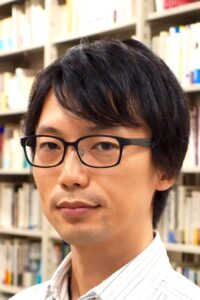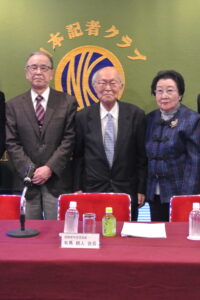
< Key Points > The electronics industry in Shenzhen is a perfect example of active technological innovations There are cases in which pioneering companies changed the system by disregarding regulations Vitality may be lost if the Chinese government strengthens interventions The Chinese economy can be said to have maintained generally favorable conditions since the second half of 2016, under the positive effects of the expansive macroeconomic policies underpinned by the flexible foreign exchange policies. To cite an example, the Produce Price Index (PPI) moved back into the positive range after staying in the negative range for a long time. Under such good conditions, problems on the supply side, which China should address in the mid- and long-terms, tend to attract interest. In this article, I would like to consider the sustainability of the technological innovations on which the future growth of the Chinese ... ... [Read more]

